Peter Brothers became an air ace for the British Empire during World War II. Every encounter is potentially deadly and requires amazing skill, but he is most famous for his squadron taking on 100 enemy bombers.
He learned how to fly in a flying club when he was 16 and started his combat career fighting for England in the Battle of France. In that chaotic and hectic fight, he got his first two kills.
After the British loss and evacuation at Dunkirk, he flew three to four times a day trying to stop the German bombing runs in the Battle of Britain. By August of 1940, he had shot down seven fighters and a bomber.
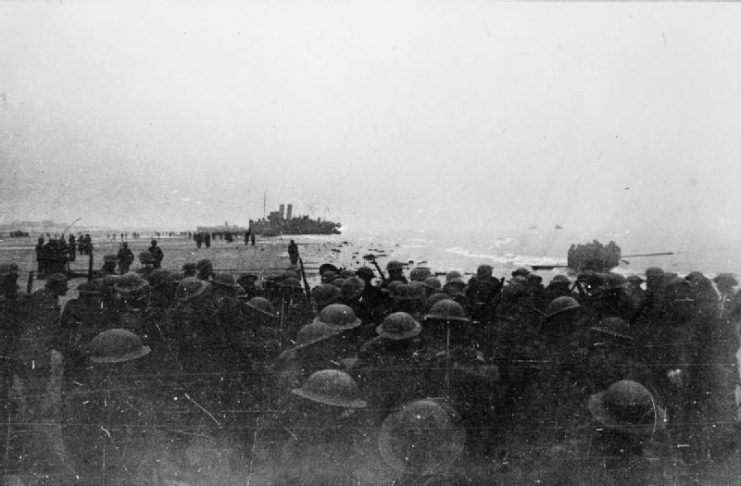
To relax on his way home, he would often open up the cockpit and have a cigarette.
After a particularly tiring day, he awoke the next morning to find a line of bomb craters and a large number of spent anti-aircraft munitions strewn across the base just yards away from his room. It turned out he had been so exhausted that the bombing raid didn’t wake him up.
One on occasion he returned home from his sorties and found that a bomb splinter had entered his home and shattered the mirror while his wife was applying makeup. From that point forward, he felt the war was personal and flew into combat with even more furious determination.
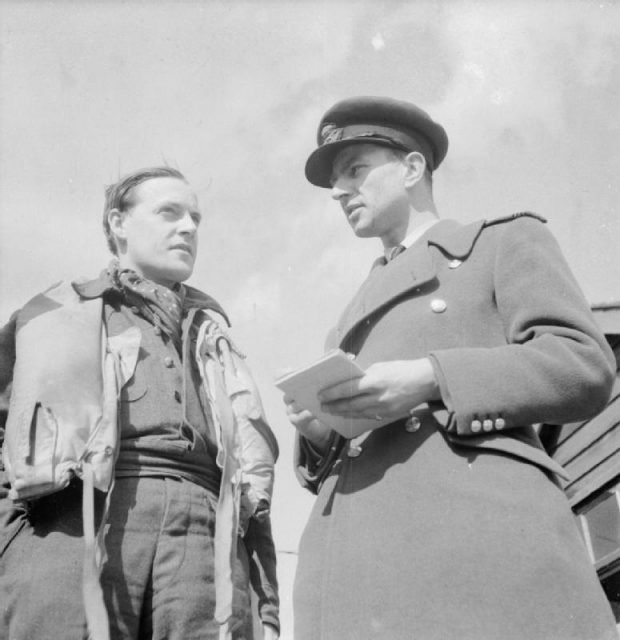
In the same month, he led his squadron of eight fighters into a bombing run of about 100 bombers. Before he could press home the attack, he received incoming fire from several German Messerschmitt 110s.
When he turned to meet the attack, his plane stalled. He managed to spin out of it and immediately sighted, engaged, and downed a Dornier 215 light bomber. Later in the day, he destroyed a German fighter.
Altogether, Brothers destroyed seven enemy aircraft through his great courage and initiative. For this, he was awarded the Distinguished Flying Cross, the third highest medal available to pilots in Britain.
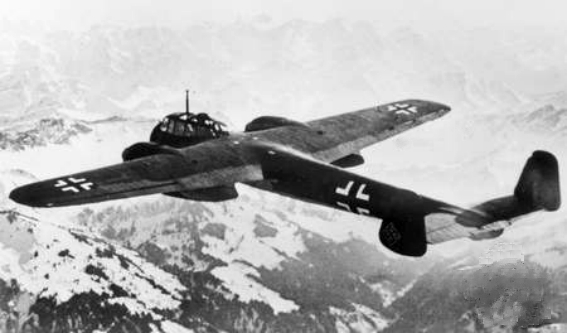
By the end of August, his unit was down to only eight fighter pilots, and he was made commander of a different squadron. He was also recognized as a flying ace and promoted at this time.
Brothers worked hard to instill confidence in the junior pilots and would often give credit for downed bombers to the entire unit.
After the Battle of Britain ended, he became a flight instructor training recruits on the newer Spitfire fighters which limited his combat time. Nevertheless, he did shoot down another German fighter in March 1942 and received unconfirmed credit for another kill one month later.
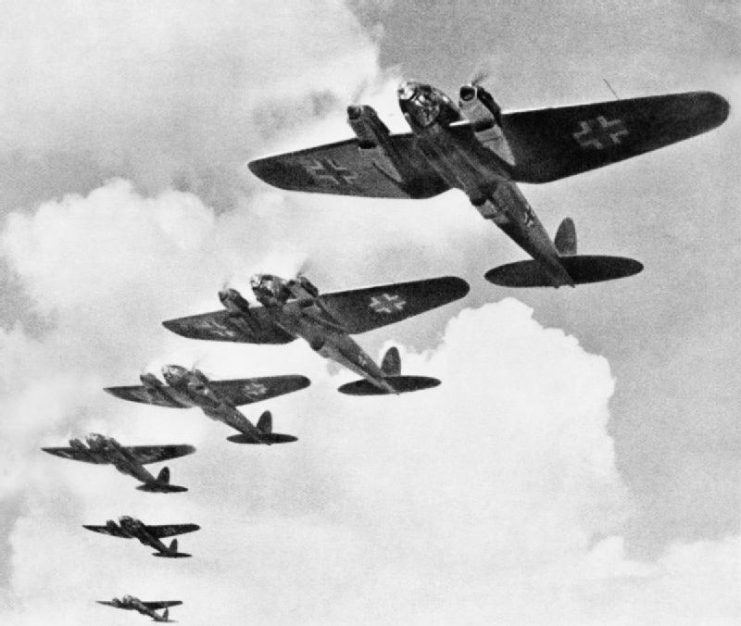
He was part of the disastrous Dieppe raid in August of 1942, though the resulting failure wasn’t due to a lack of effort by him or his squadron.
His squadron destroyed five enemy aircraft, and he personally flew protection circles for the downed member of his squadron until the pilot was rescued.
By this time, he was one of the most recognized and decorated pilots in Great Britain. He regularly did fighter sweeps over France and, in January 1943, he shot down another German fighter, a Focke-Wulf 190.
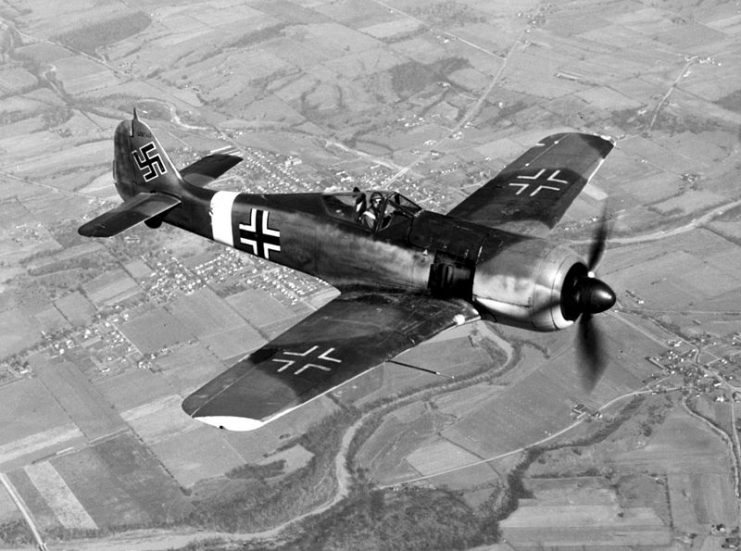
In 1944, he continued to lead sweeps over France but started focusing on transportation and command hubs in preparation for the Normandy landings. He again shot down another Focke-Wulf in August. Brothers earned a Distinguished Service Order Medal for this mission because of his courageous and brilliant leadership.
He continued to serve as a leader and trainer of British pilots after the war and, in 1950, he led a bombing squadron that supported British counter-insurgency operations in Malaysia.
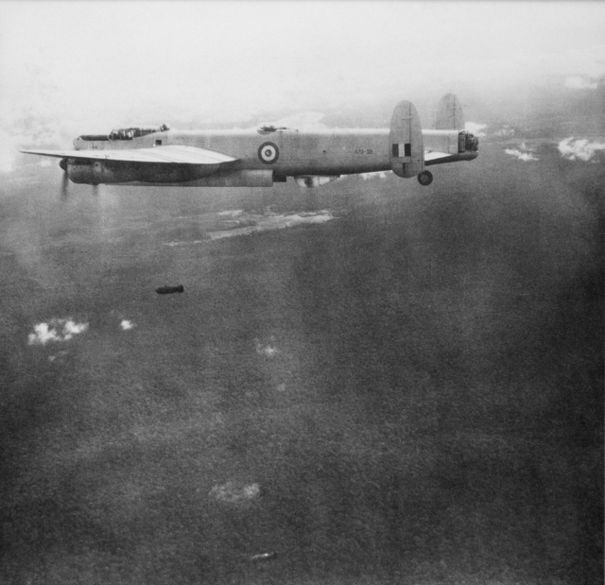
Read another story from us: Five Incredible & Inspiring Tales of Bravery from the Battle of Britain
Peter Brothers died in 2008 as a war hero and one of the most decorated pilots in British history. His medals included the Most Excellent Order of the British Empire for his charitable work, as well as a Distinguished Service Order and two Distinguished Flying Crosses for the great devotion to duty, courage, and initiative he displayed at all times.
